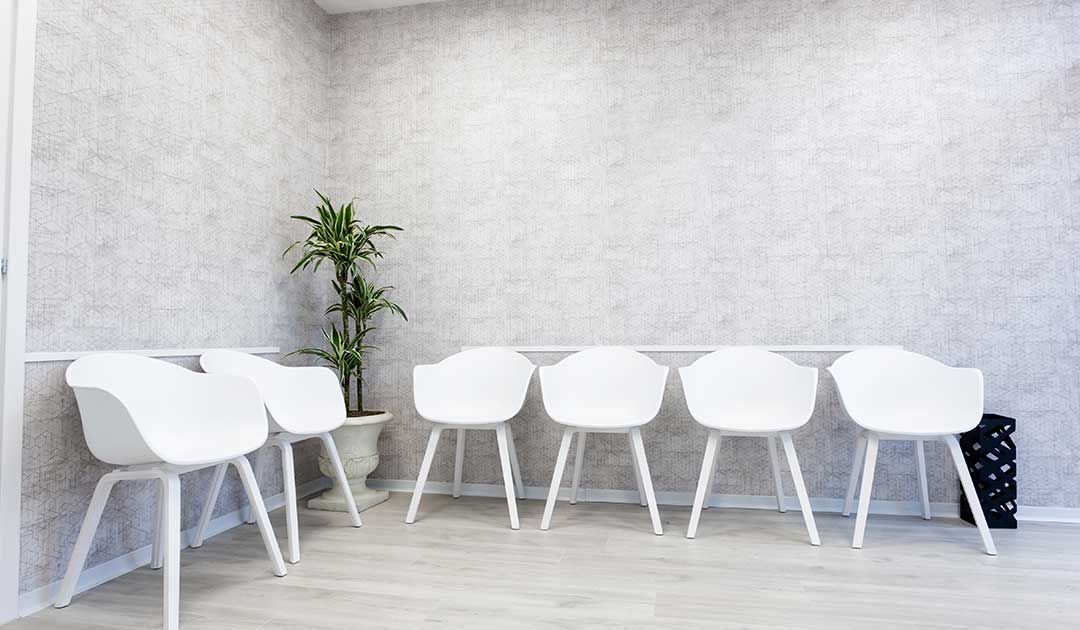Best Practices for Warehouse Design
Maximize your warehouse with expert design strategies. This article highlights layout planning, tech use, and future-proofing tips. Ideal for commercial, dental, or funeral service sectors.

Why Smart Warehouse Design Matters
A well-designed warehouse is more than just a storage facility, it’s a critical asset that supports business operations, drives efficiency, and accommodates growth. Whether you're outfitting a warehouse for a dental supply company, a commercial operation, or a funeral services provider, the right design can minimize overhead, streamline logistics, and enhance employee safety.
For businesses in Minnesota and surrounding areas, where commercial space must be both functional and flexible, smart design can make the difference between stagnation and scalability.
Start With Your Business Needs
Every warehouse serves a unique function. Before drafting blueprints or ordering shelving systems, define what your space needs to support. Ask yourself:
- What types of products will be stored?
- What is the daily volume of incoming and outgoing goods?
- Will employees need workspace for assembly, kitting, or packing?
Specialty sectors like dental and funeral services often have unique inventory and handling requirements. At Keystone Design Build, we tailor every warehouse to suit those specific workflows, ensuring no space is wasted and every movement is efficient.
Optimize Layout for Functionality and Flexibility
Warehouse layout is the backbone of operational efficiency. A successful layout clearly separates areas for receiving, storage, picking, packing, and shipping. Use zoning strategies to define each area while maintaining seamless flow throughout.
To maximize capacity:
- Use vertical space with high-bay racking.
- Allow for future changes with modular shelving and adjustable configurations.
- Ensure wide, unobstructed aisles for equipment and staff mobility.
This adaptability is key for growing businesses that need to pivot quickly with changes in demand or supply chains.
Prioritize Accessibility and Safety
Safety and compliance are non-negotiable in any warehouse design. A well-lit, ventilated, and clearly marked space reduces the risk of injury and ensures your facility meets Minnesota building codes and OSHA guidelines.
Best practices include:
- Installing appropriate fire suppression systems
- Ensuring ADA-compliant access routes
- Incorporating ergonomic design elements to minimize strain on staff
For sectors like healthcare and funeral services, where regulatory standards may be stricter, these safety elements are especially crucial.
Leverage Technology and Automation
Modern warehouses benefit from integrated technologies that simplify inventory management and improve accuracy. Incorporating the right tech early in the design phase helps future-proof your investment.
Consider:
- RFID scanners and barcode systems for real-time tracking
- Warehouse management systems (WMS) for inventory visibility
- Conveyor belts and automated pick systems to reduce labor costs
These features don’t just improve operations—they also demonstrate professionalism and operational excellence to clients and partners.
Consider Sustainability in Design
Sustainability is no longer optional. Energy-efficient warehouses lower operational costs and support environmental responsibility. Sustainable strategies include:
- LED lighting and skylights to reduce energy use
- Insulated walls and high-efficiency HVAC systems
- Low-VOC paints and recycled materials during construction
Aiming for LEED certification or similar standards can also enhance your brand’s reputation and attract eco-conscious clients.
Plan for Growth and Scalability
Your warehouse should meet today’s needs without limiting tomorrow’s opportunities. This means designing with growth in mind.
Key scalability strategies:
- Design expansion-ready layouts with modular racking
- Use infrastructure that allows quick upgrades
- Leave room for added technology like robotics or smart storage systems
Keystone’s design-build process includes future-forward planning that accommodates your long-term goals.
Collaborate With a Design-Build Expert
Designing and building a warehouse isn’t a one-size-fits-all project. Working with a design-build firm like Keystone Design Build ensures better coordination, faster timelines, and fewer communication breakdowns. Our integrated approach means:
- One point of contact from planning to final inspection
- More accurate budgeting and timeline forecasting
- Fully customized solutions for your industry and business model
Whether you’re planning a warehouse from scratch or renovating an existing space, we help simplify the complex.
What to Do Next
If you’re ready to improve or build your warehouse facility, start with a free consultation. Keystone Design Build offers fully integrated design-build services tailored to your needs. Whether you operate a commercial warehouse, a dental supply hub, or a funeral products facility, we can help create a smarter, safer, and more scalable space.
Explore our specialized commercial construction services or schedule a free consultation to get started.







